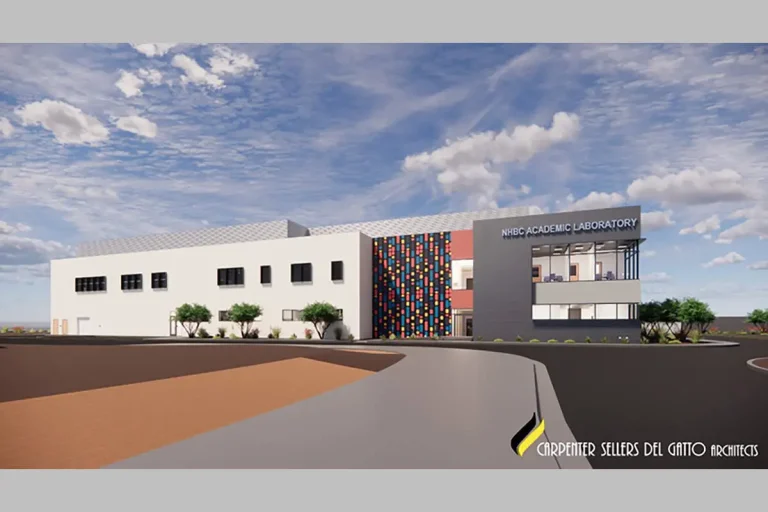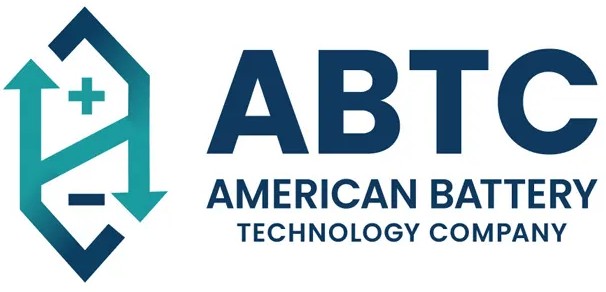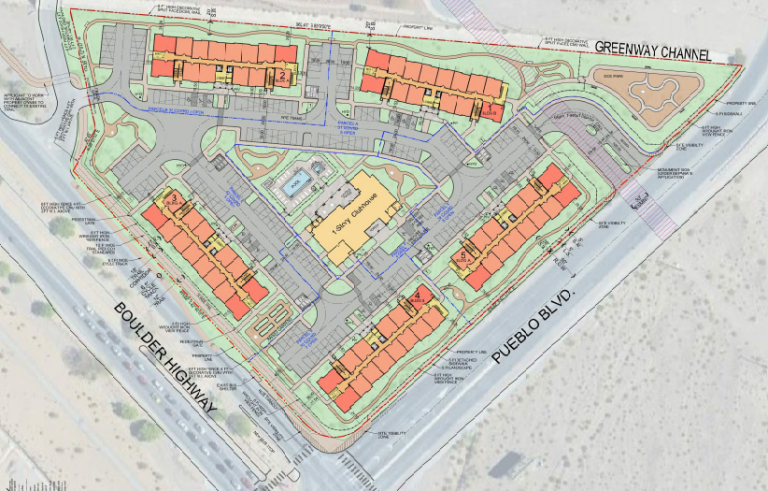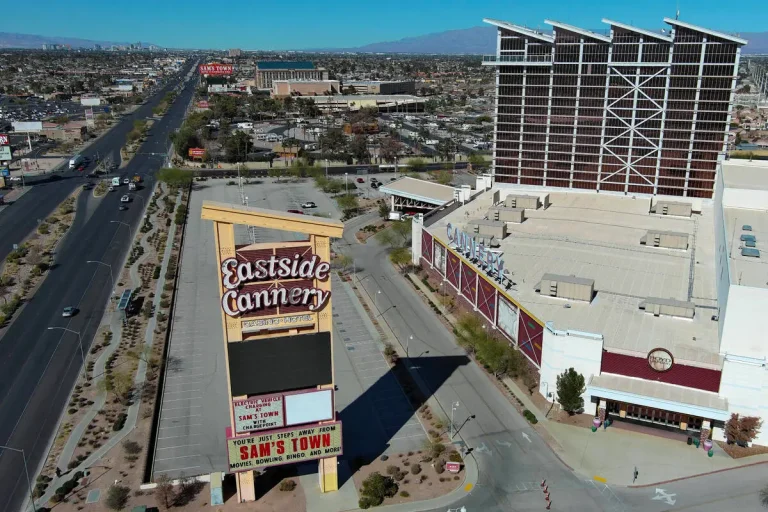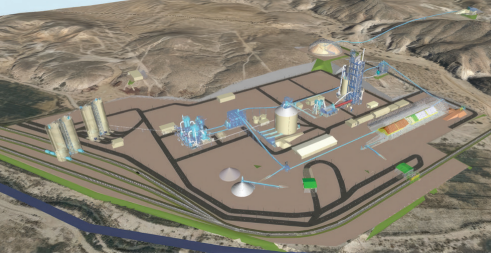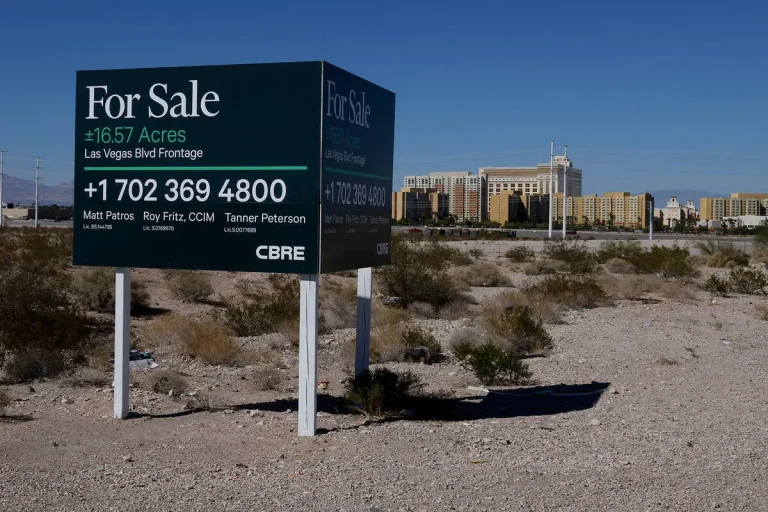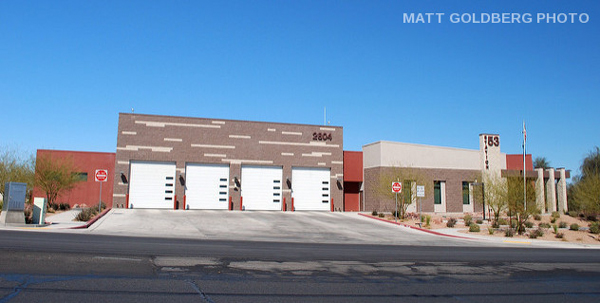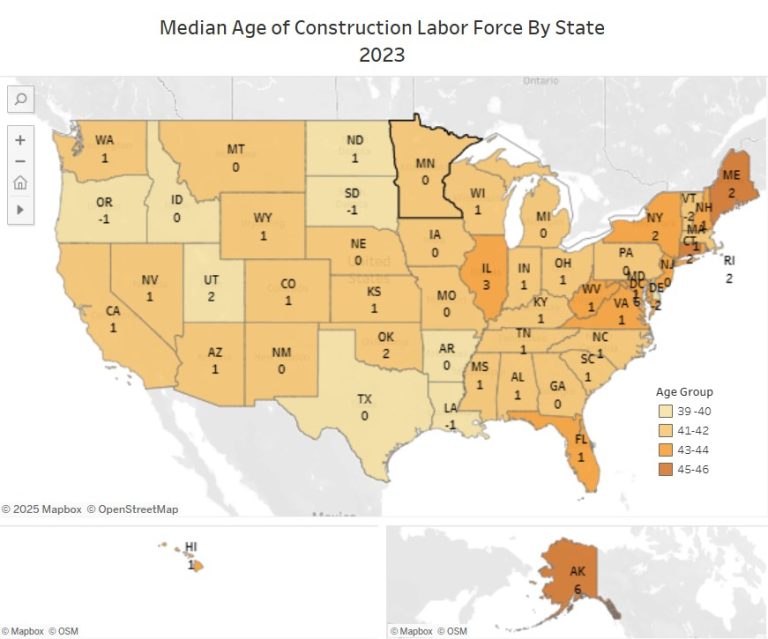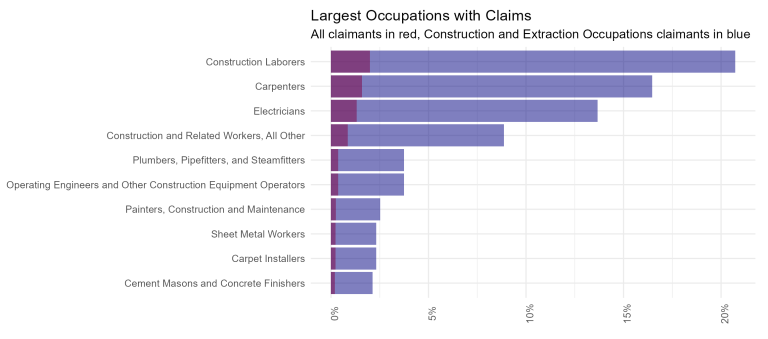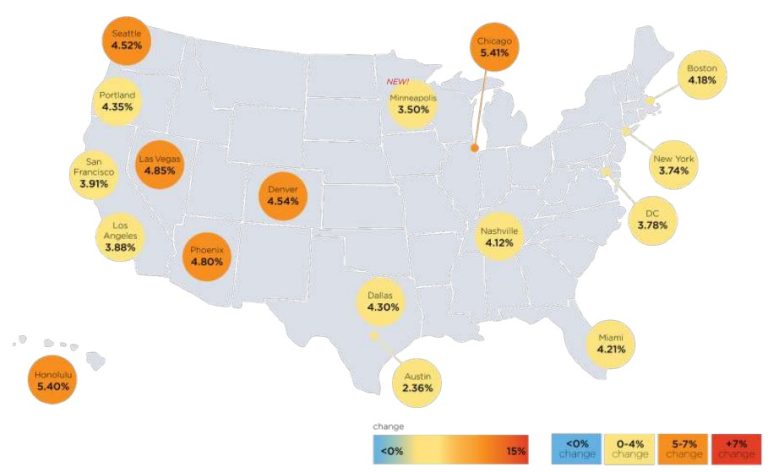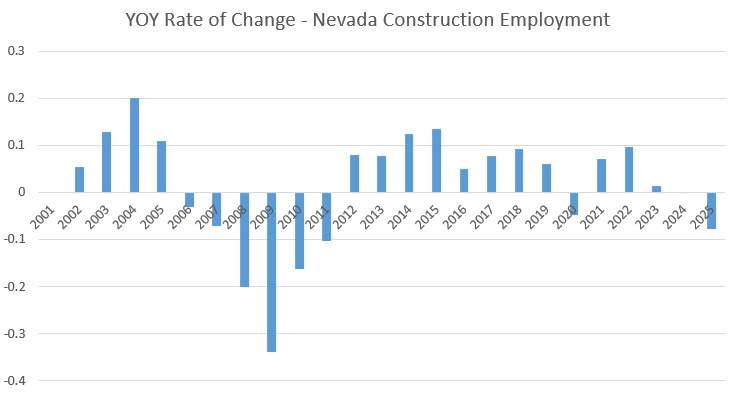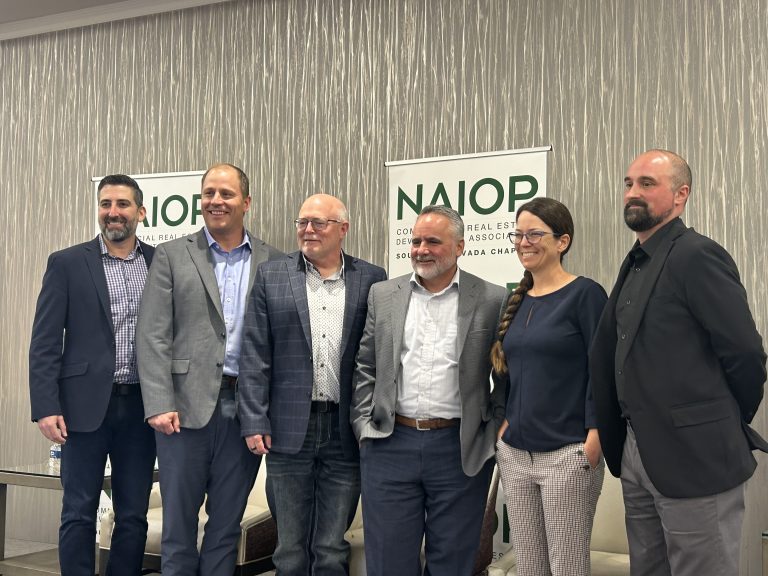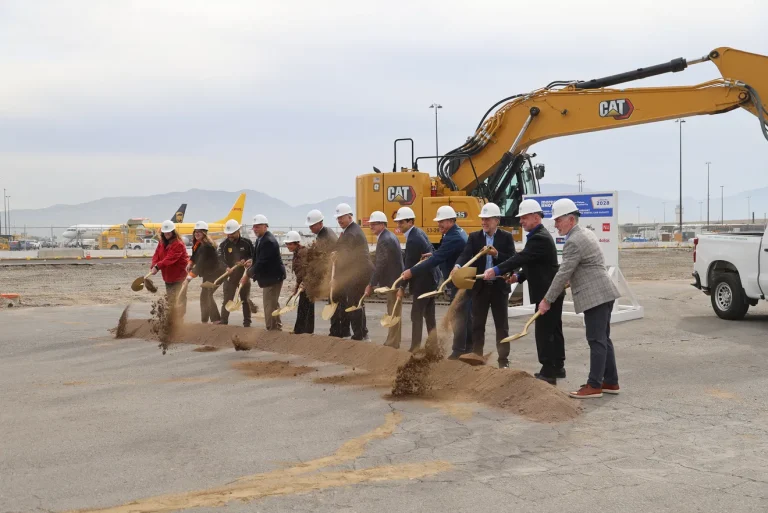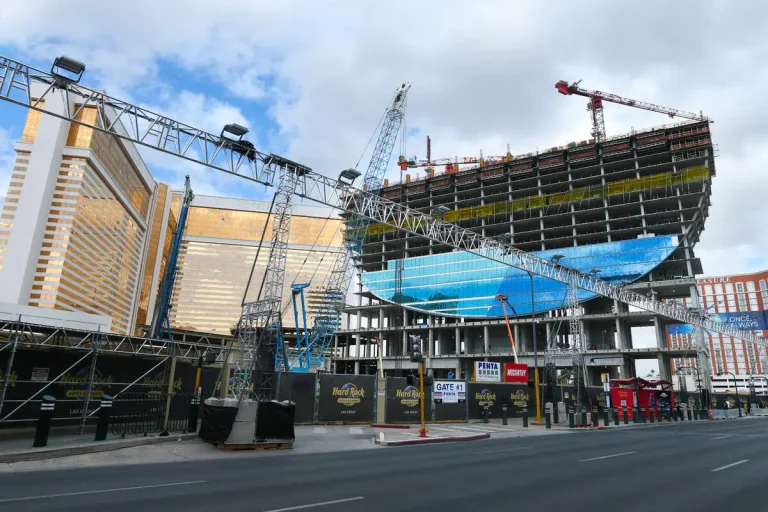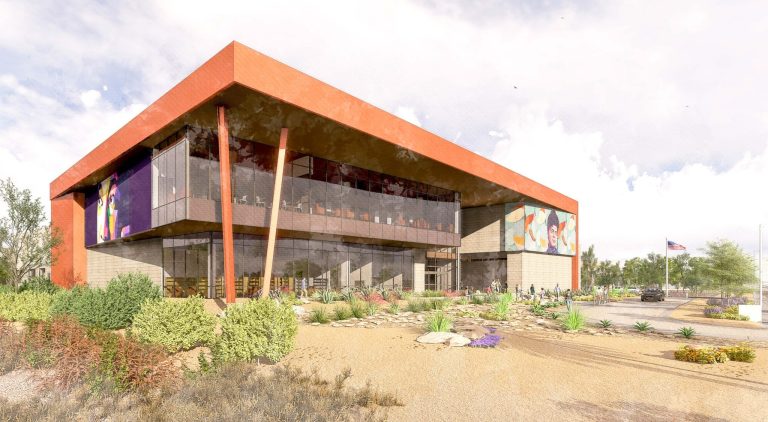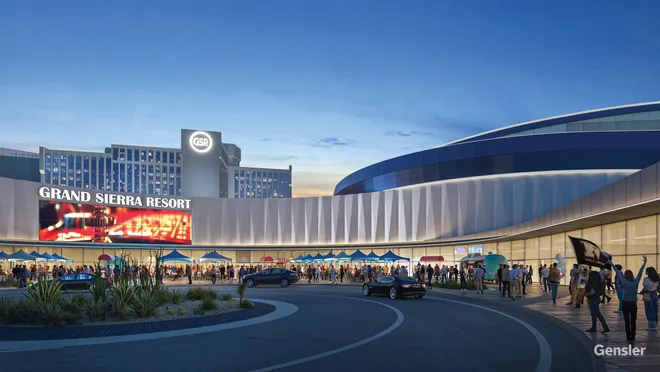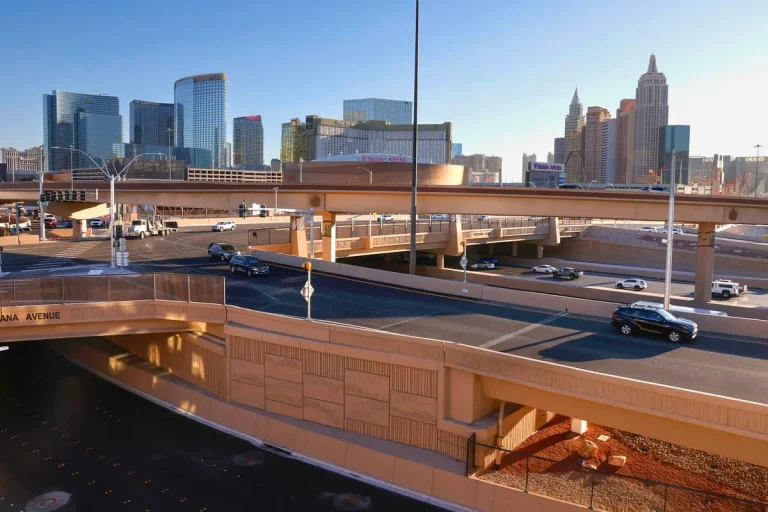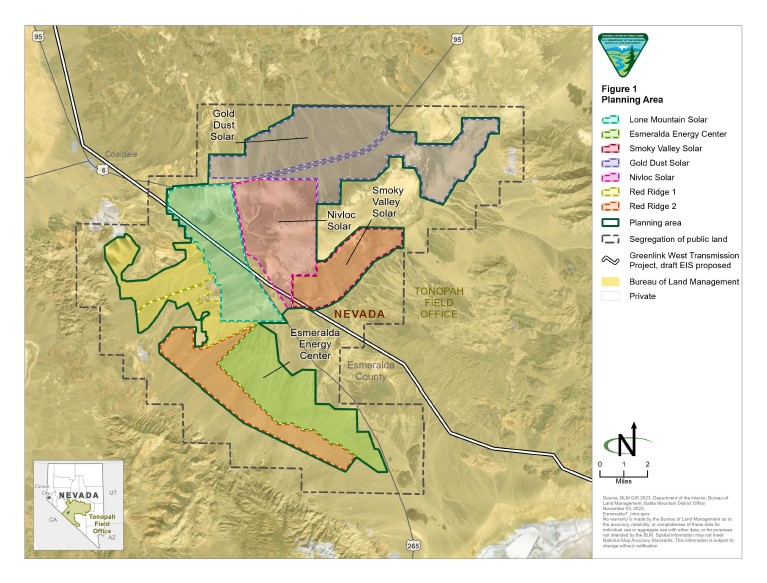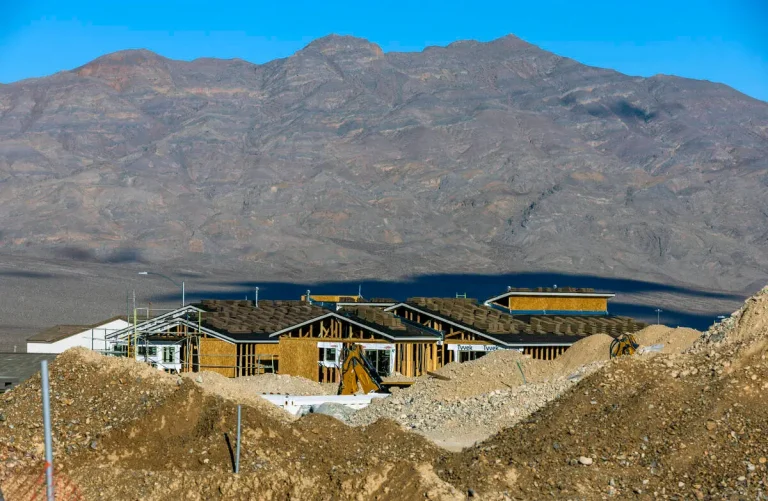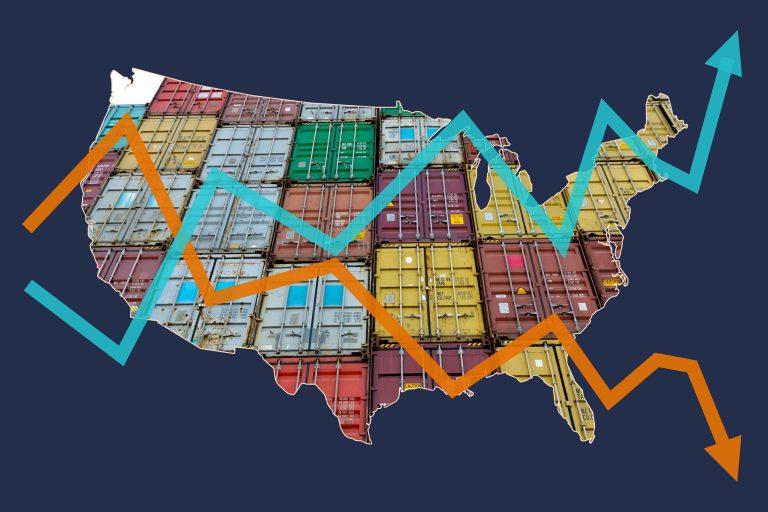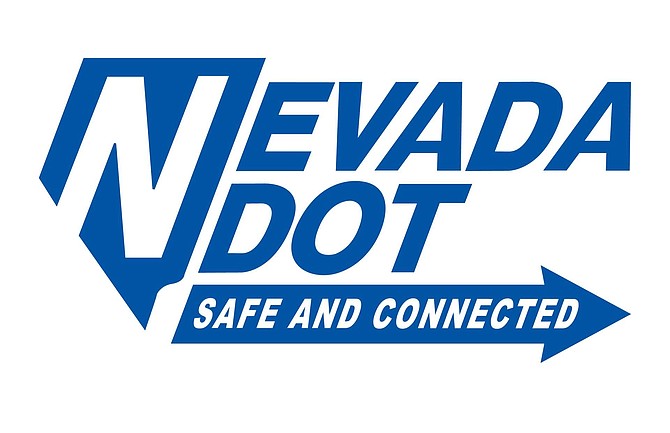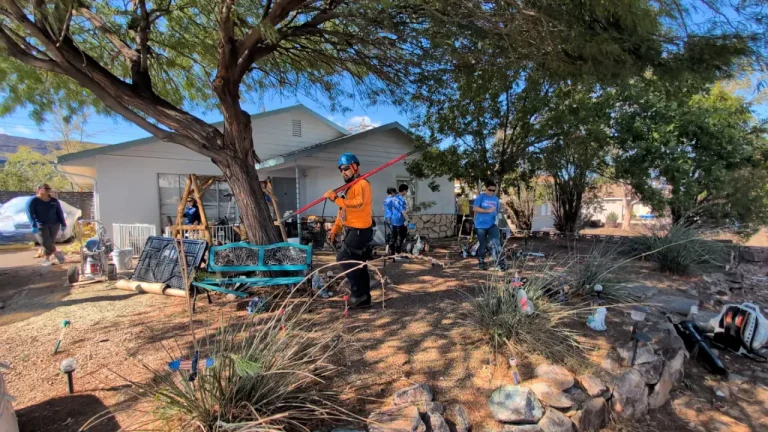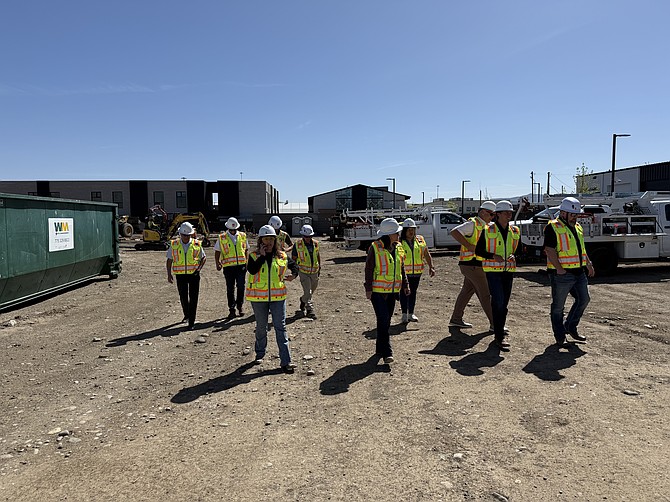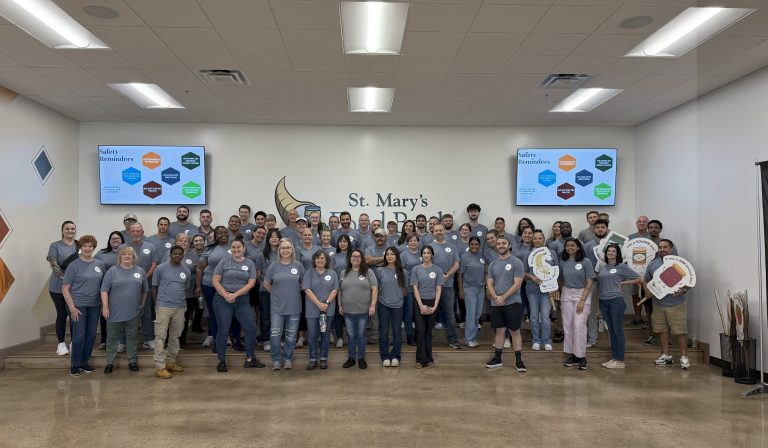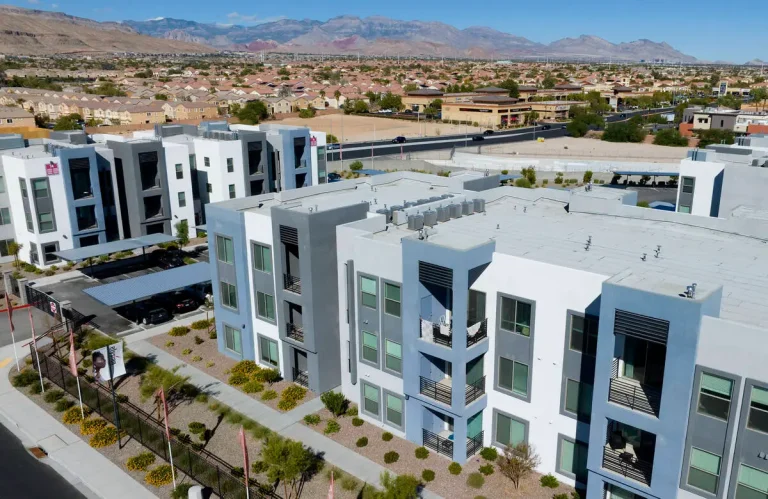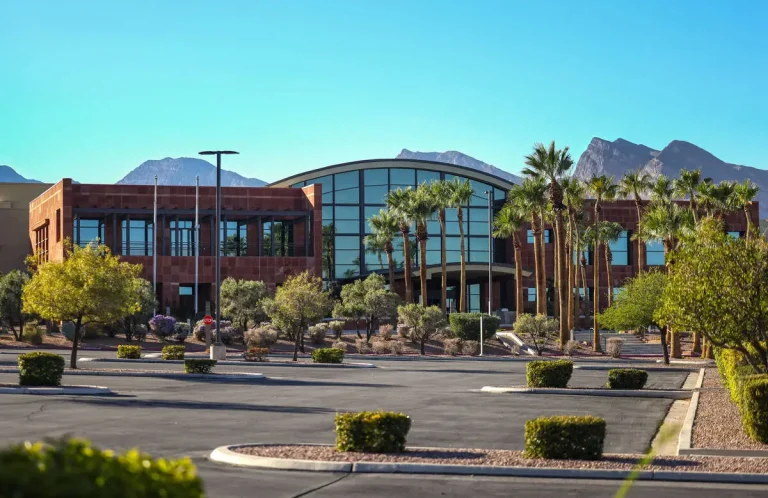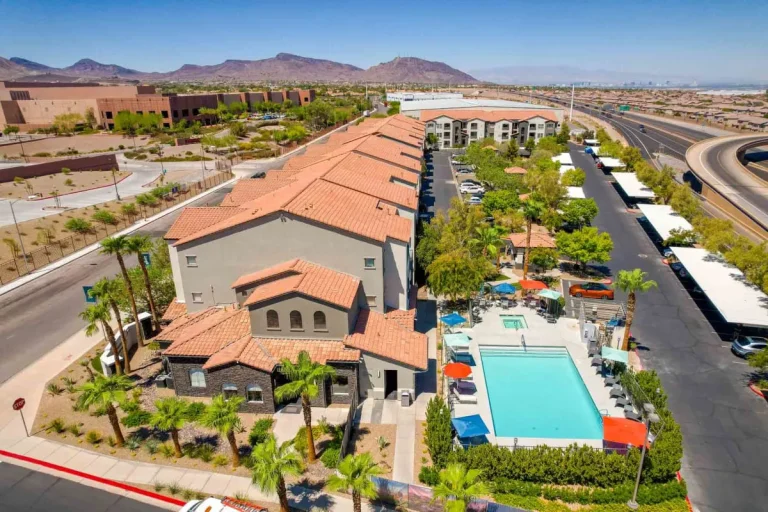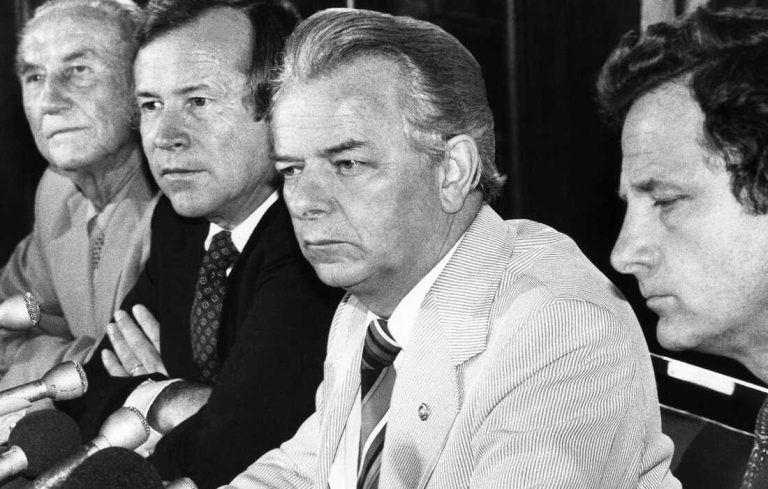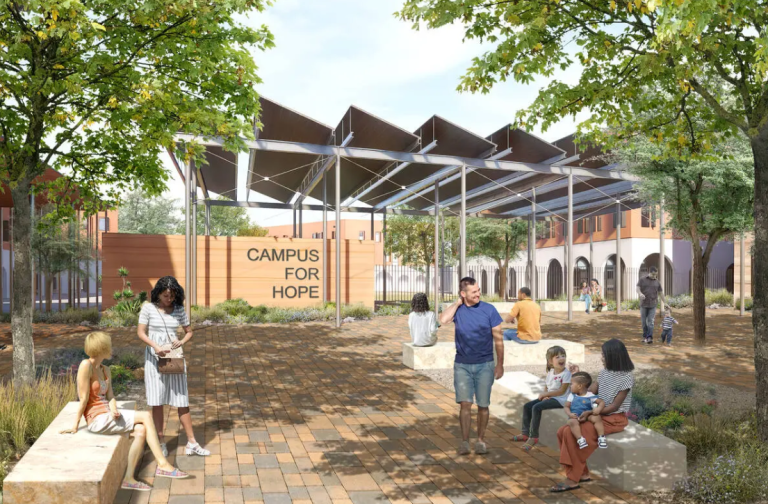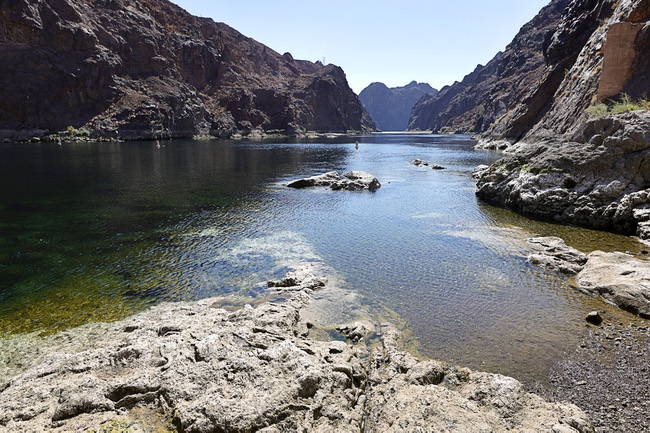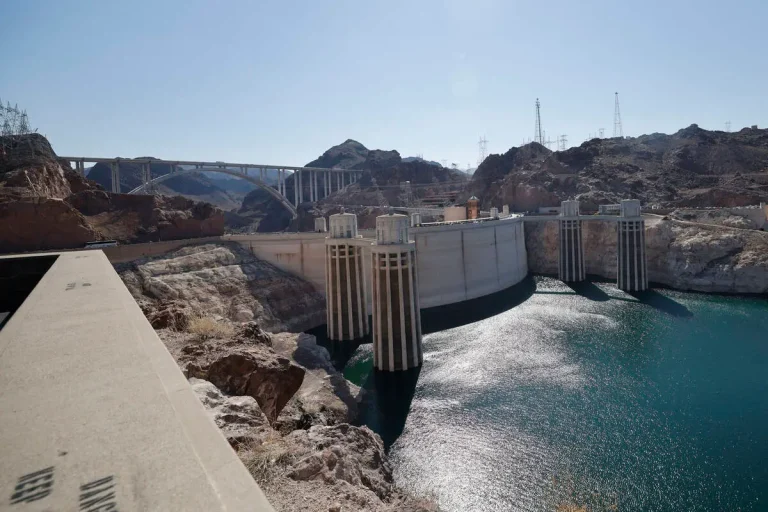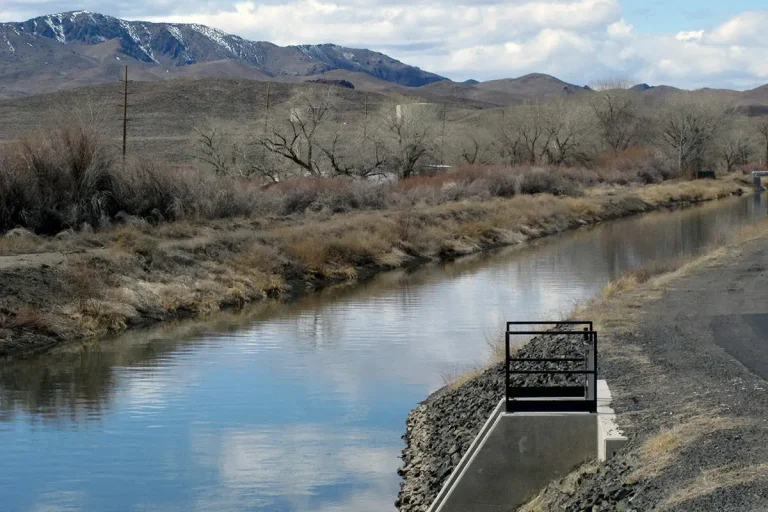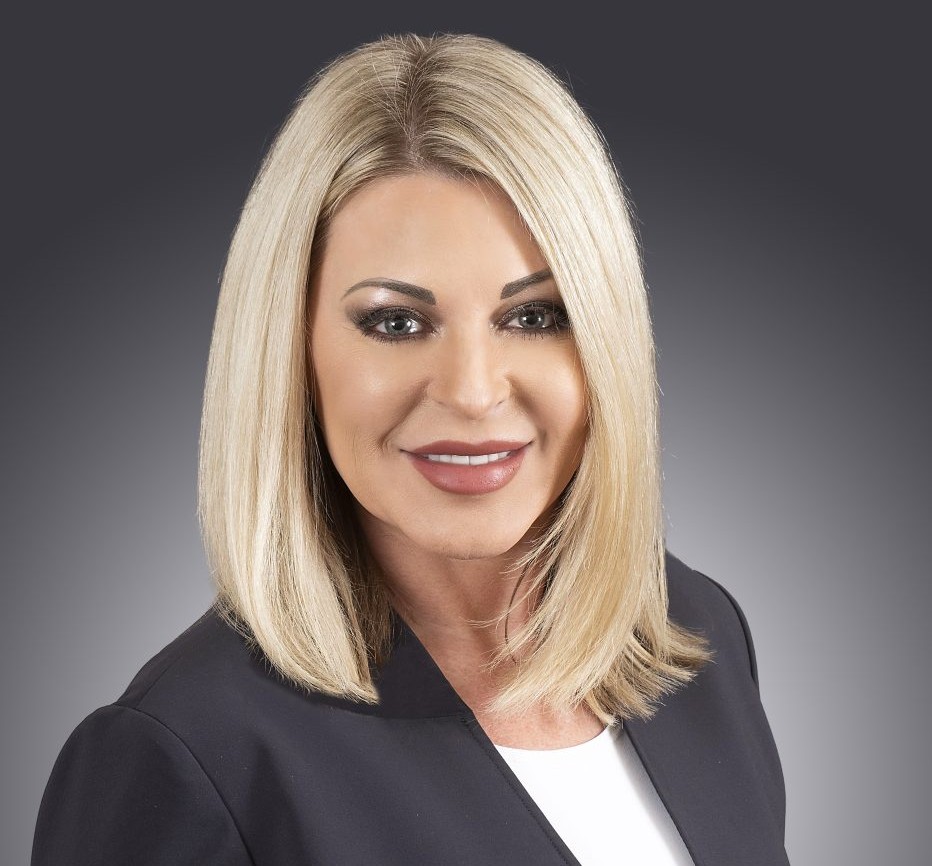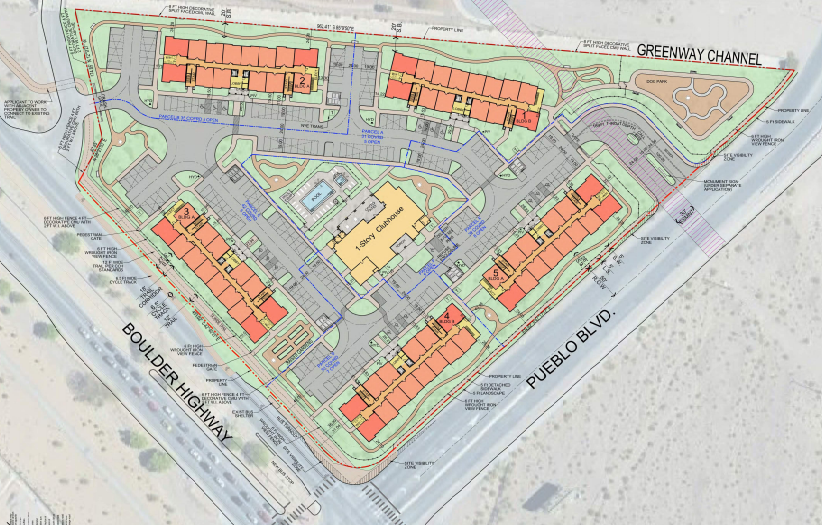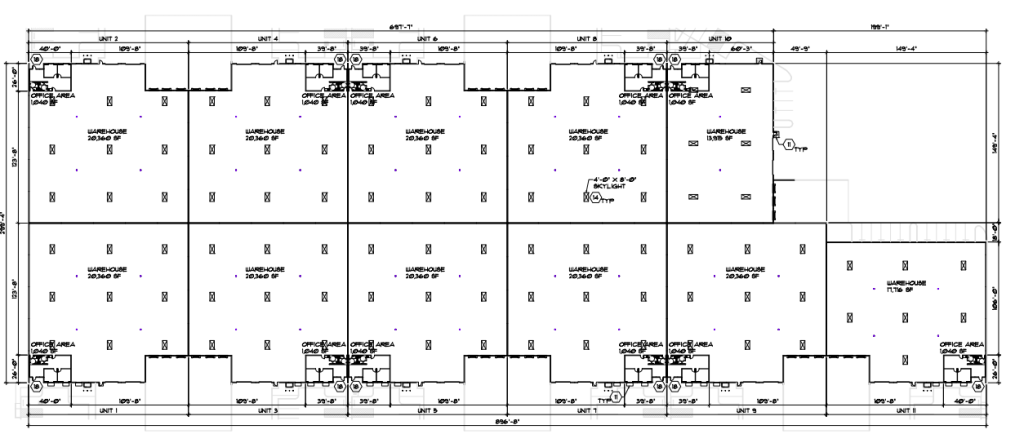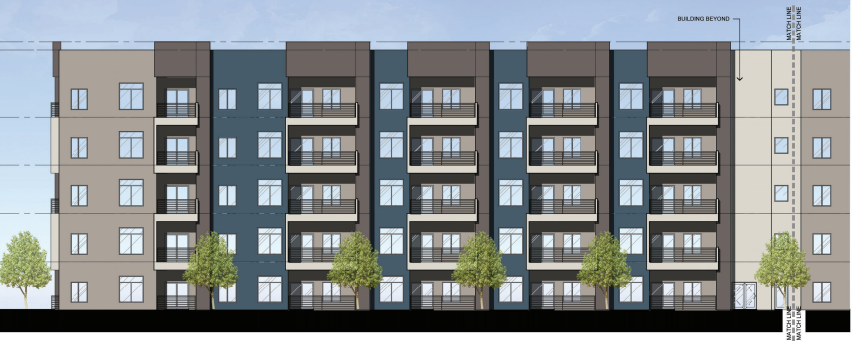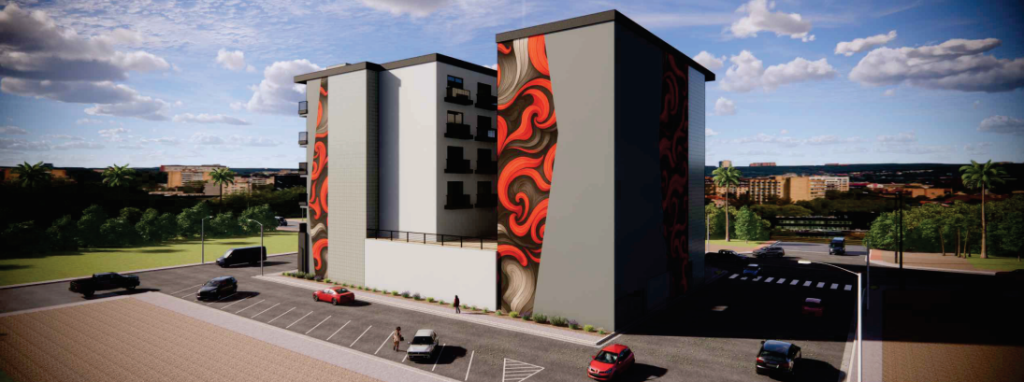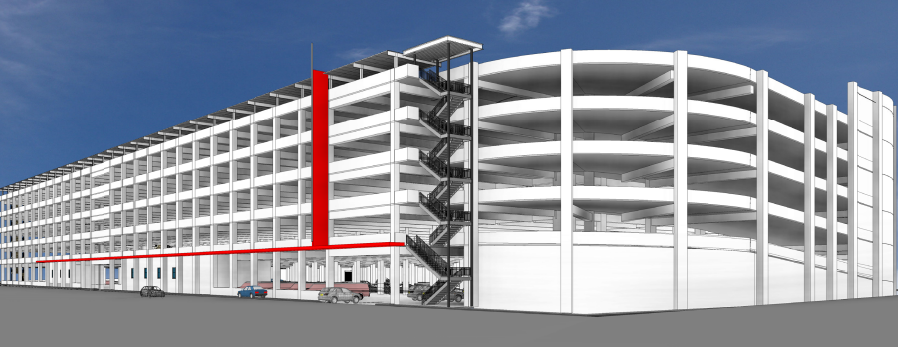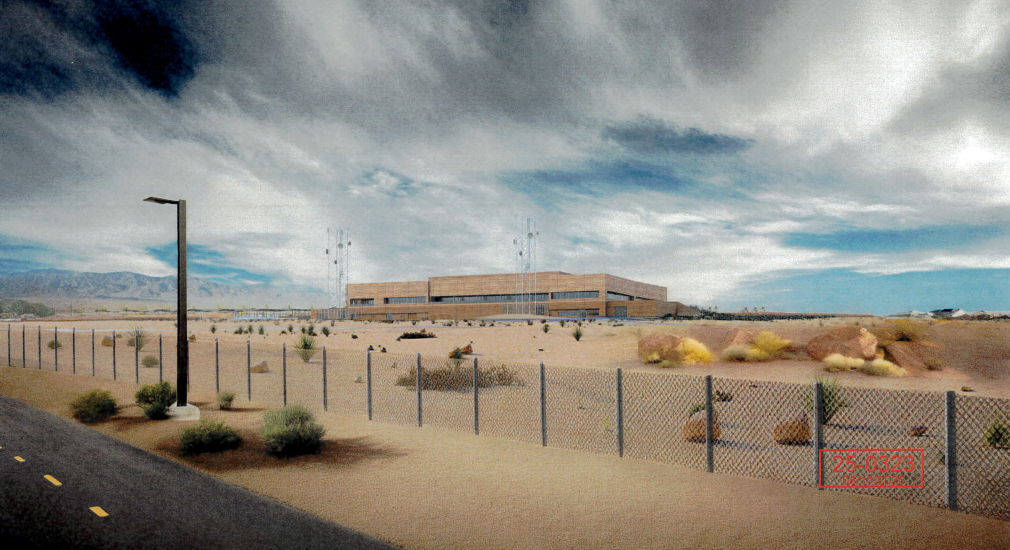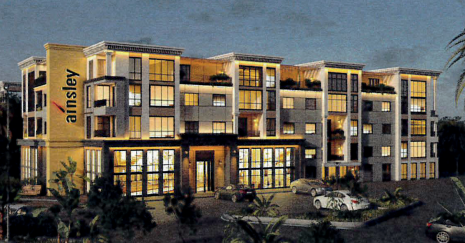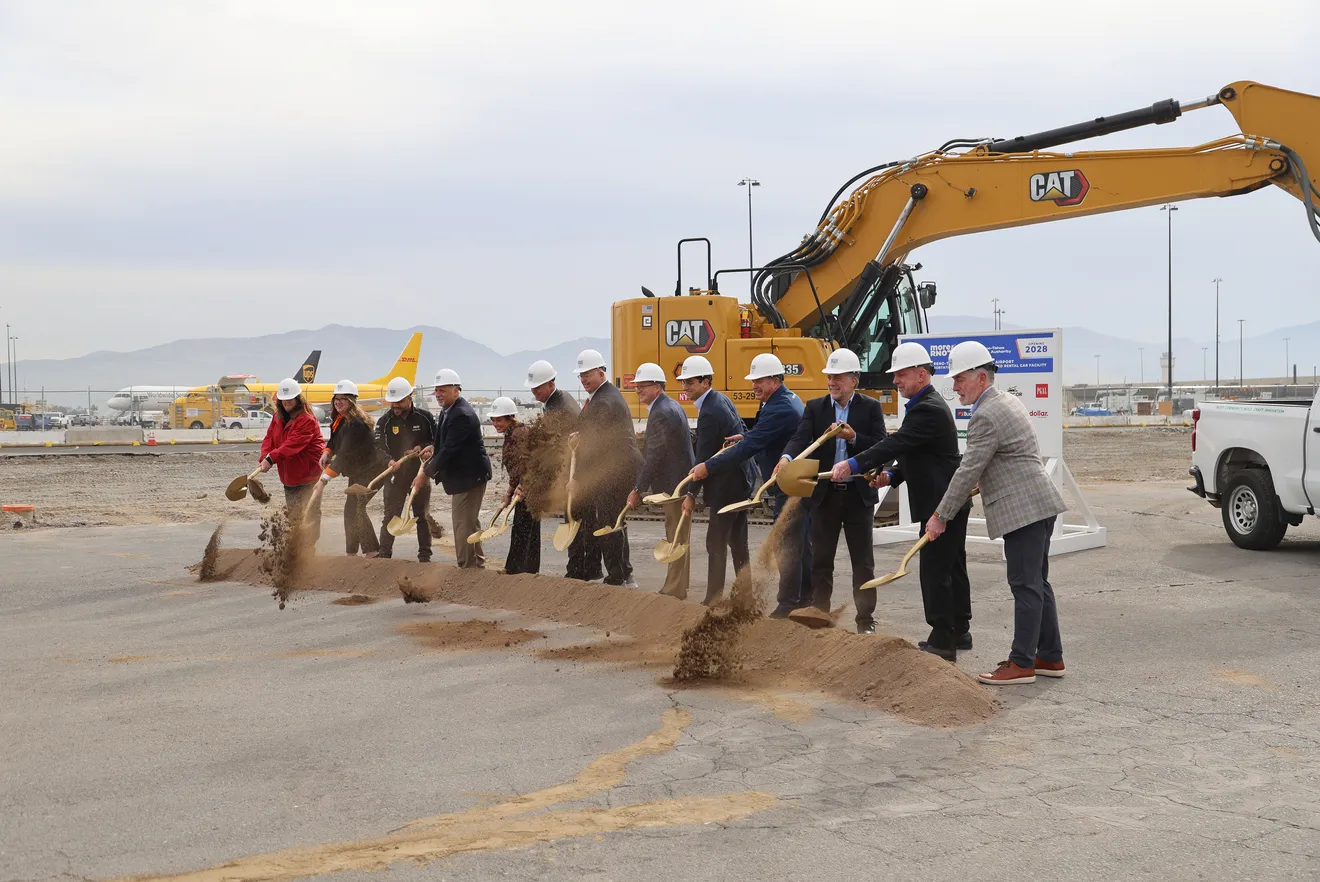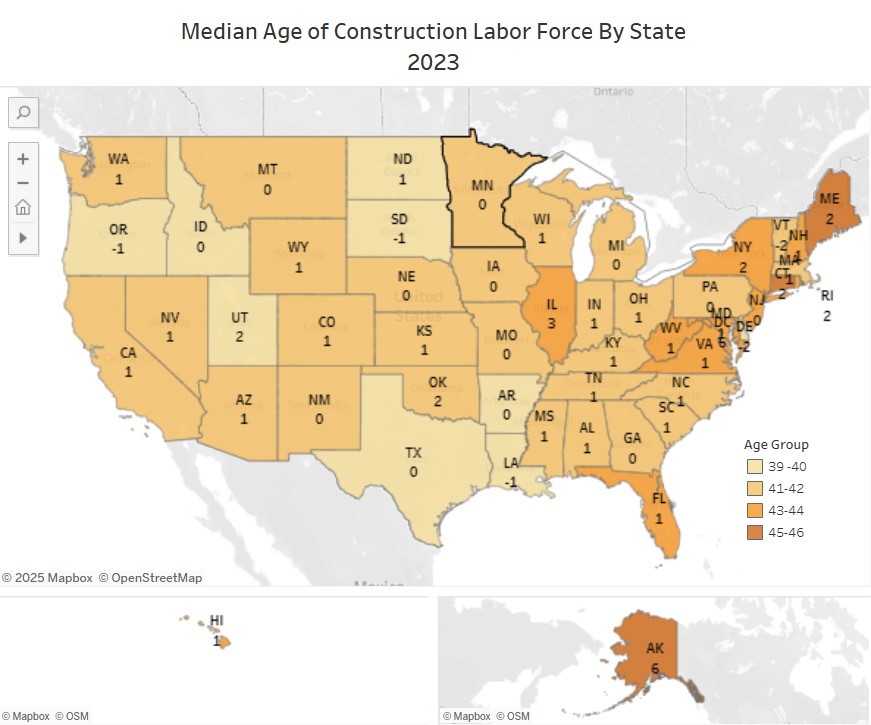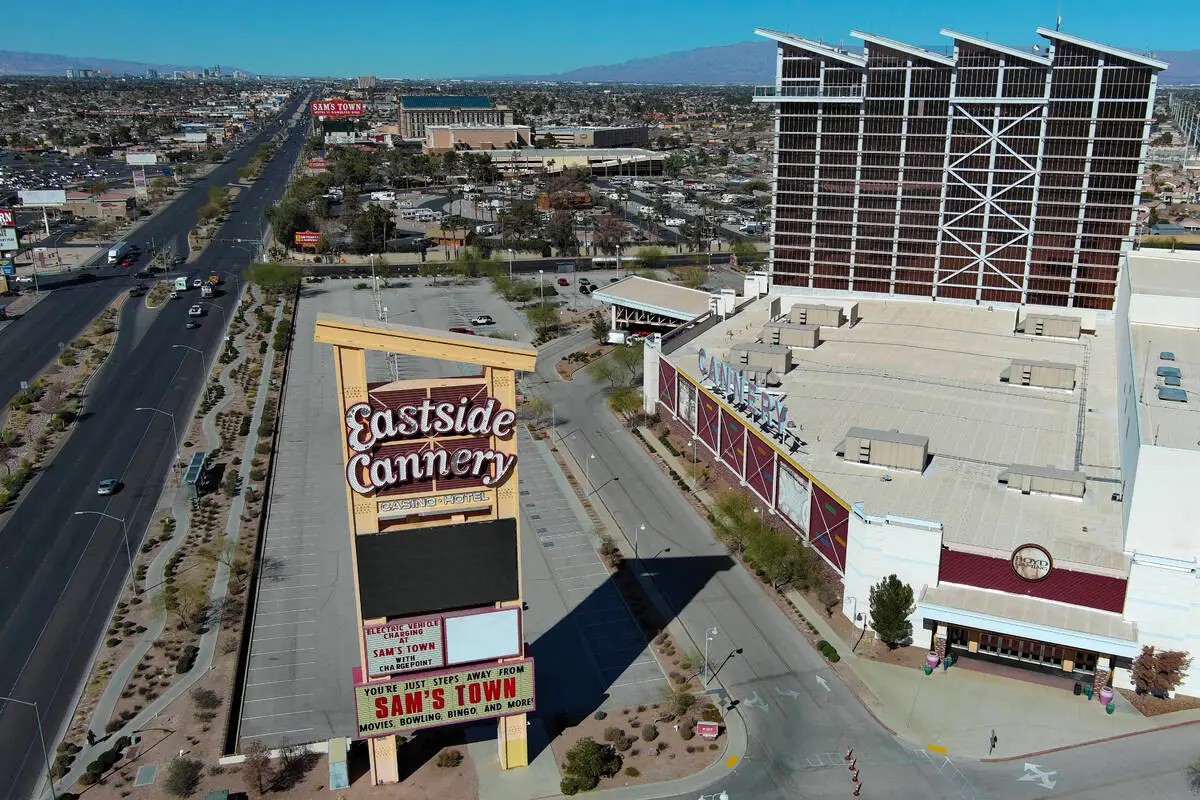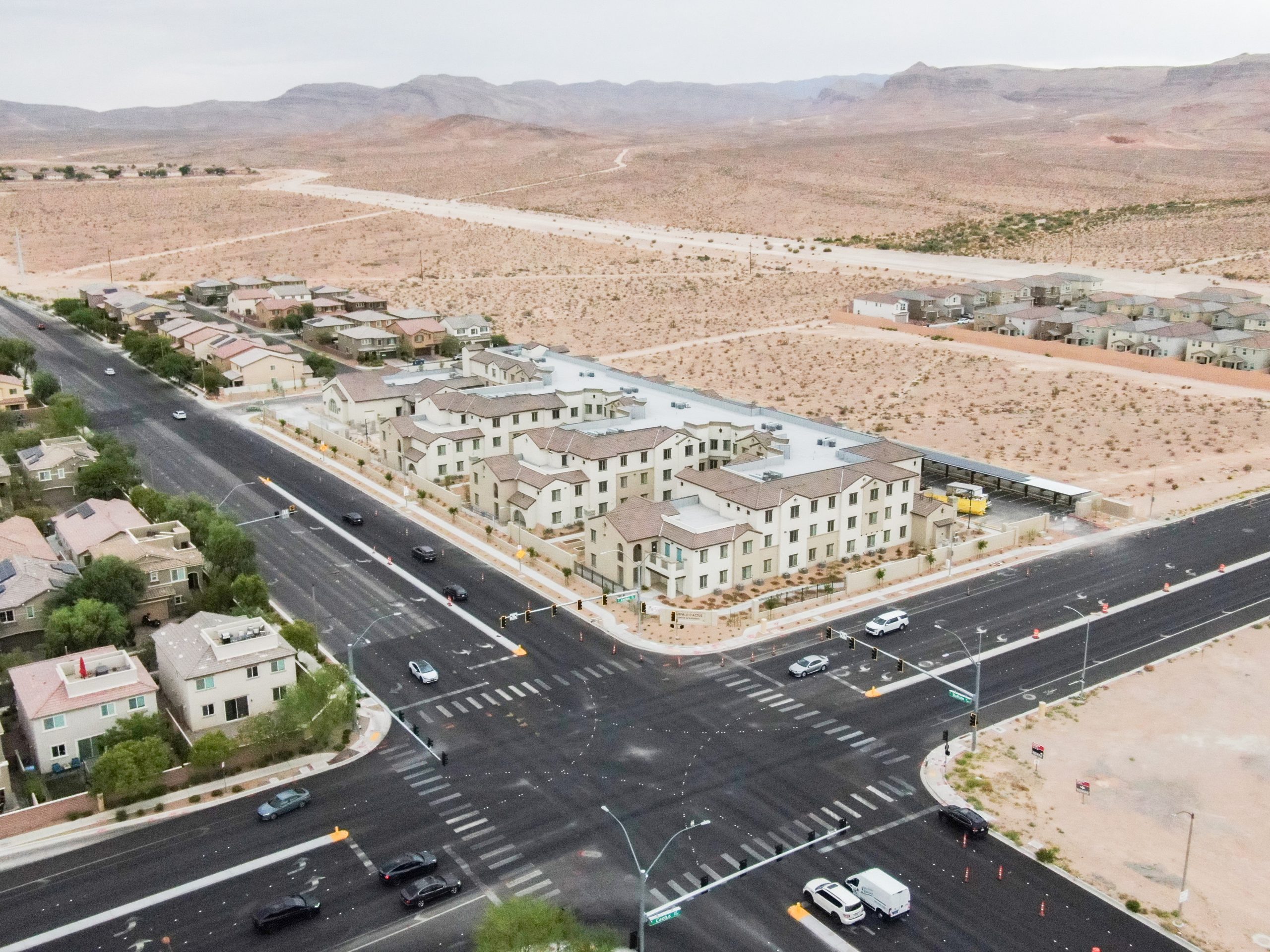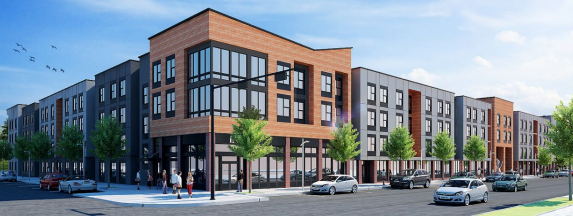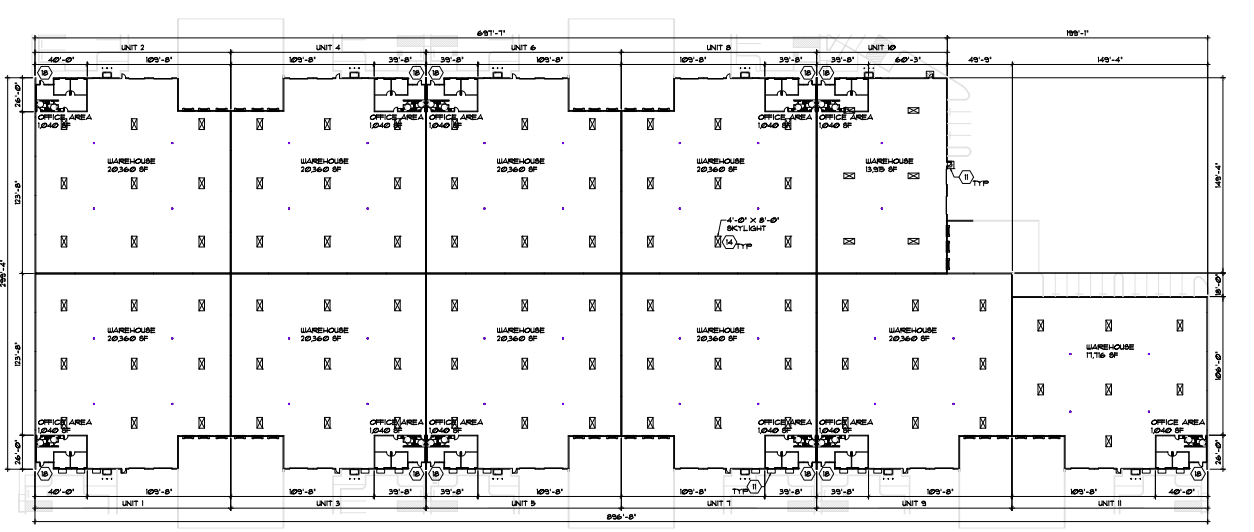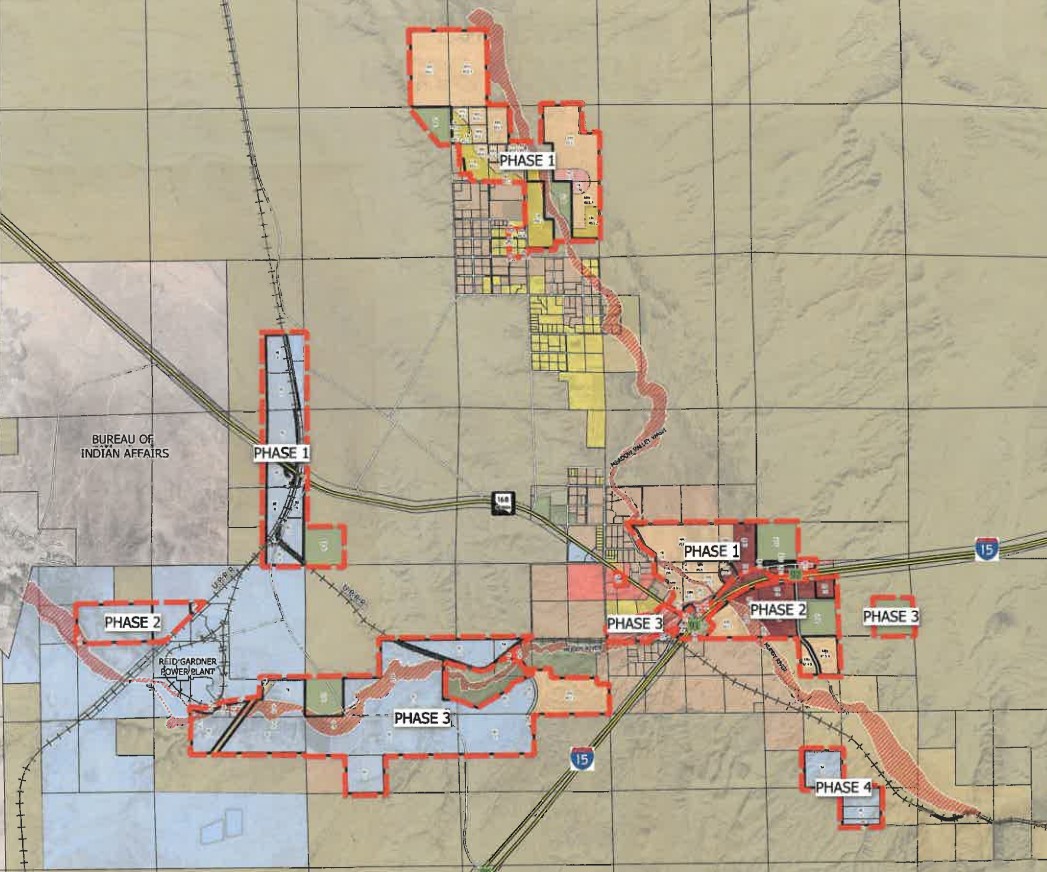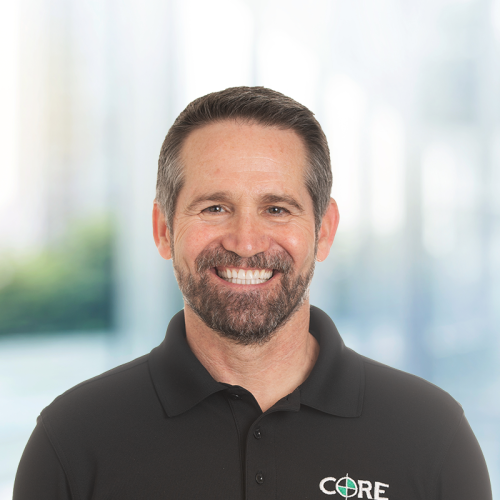The Southern Nevada economic development landscape is about to undergo a dynamic reset under the leadership of Las Vegas Global Economic Alliance’s new President and CEO Danielle Casey.
Casey joined the organization in August, 2025 and is starting by listening to a diverse group of stakeholders about the potential and thoughtful first steps in diversifying the Southern Nevada economy. The organization is also actively recruiting for a Sr. VP of Business Development and a Director of Research.
Background
Casey has more than two decades of experience in economic development across various roles and locations. She is currently the Vice Chair for International Economic Development Council and will step into the role of Chair in January.
She previously served as the VP of the Greater Sacramento Economic Council and as the Economic Development Director for the City of Scottsdale.
According to LVGEA’s website, it initially formed in 1956 as the Southern Nevada Industrial Foundation. SNIF was later changed to the Nevada Development Authority in 1972. This was officially rebranded and restructured in 2012 to become the modern LVGEA.
LVGEA is one of eight Regional Development Authorities in the state and focuses on economic development in Southern Nevada.
In an interview with BEX Founder and CEO, Rebekah Morris, Casey expressed confidence in Southern Nevada’s trajectory but was realistic about the challenges facing the tourism-heavy economy.
Foundation
To begin the interview, Morris asked Casey what she was starting with and how she was brought into the role. Casey immediately responded, “It’s all over the place; I love it.” She discussed the excitement of Las Vegas and how it’s one of the few places most Americans will see in a lifetime.
She has always been interested in communities with a strong tie to tourism and how that impacts growth. Market diversification has been one of her primary focuses throughout her career and she’s eager to find the balance between promoting a diverse economy in Southern Nevada while strengthening its tourism foundation.
Casey highlighted the approach the State of Nevada has taken toward economic development. LVGEAis recognized by the Governor’s Office and has a contract that provides roughly ¼ to 1/3 of the annual funding.
This creates a central point for businesses interested in Southern Nevada to approach. Casey said this has resulted in an efficient model built on partnerships. “The spirit of collaboration is real in the market,” she said. For example, LVGEA has held various discussions with local chambers to learn what best suits their needs.
Casey said a common theme in discussions she’s had is the need to diversify the market. LVGEA’s first step toward this is releasing a Development Update Strategy. The strategy is expected to be released within the next year.
The goal of the Development Update Strategy is to identify certain benchmarks and tangible successes to target. Casey said this is important as vague goals often do not result in desired outcomes. “Paint a picture of success, don’t just say ‘diversify,’” she said.
One of the challenges she faces is creating alignment in economic development goals, and going beyond the traditional ‘X number of jobs and $Y of capital investment.’ She wants to see high-wage jobs and increased economic mobility for residents.
Southern Nevada Market
When asked to describe the market and her goals in it, she used the example of a metaphorical pie. Tourism currently makes up a large chunk of that pie. Instead of decreasing the size of tourism to increase the size of other sectors, Casey said to increase the size of the pie itself.
If the pie gets larger, this will allow other industries to grow alongside tourism and not hamper its growth. To make this happen, she’s looking to foster collaboration across industries.
Casey went on to describe how LVGEA will coordinate and identify the best areas for different industries. LVGEA will look at the different municipalities, the available land and the nearby industries to best suit potential developments. Each municipality is different and has different strengths and needs.
This will provide a stronger foundation for new industries to move into the region and will cut down on potential time to develop industries and get them online quicker.
Casey touched on a few sectors she believes will have the potential for an increased role in the future. She discussed entertainment and how sports-related developments are booming, but an adjacent industry may include digital tech companies.
“In high-performing economic development environments, great partnerships exist between commercial real estate, the development community and the entire built environment.”
She touched on the ever-popular film industry’s potential in the area. Notably, she said that more work must be done to understand the goals of expanding the film industry. She said it’s important to find the balance between creating a competitive market and ensuring that it has a positive impact on the community.
Casey also discussed the need to “identify a regional space for healthcare.” She said it’s one of the most discussed sectors in the region. Casey had a nuanced approach to the sector and said it is not just about bringing in more doctors and hospitals, but it can also feature projects made to manufacture medical equipment.
She also discussed the potential for increasing the defense industry in the region due to the two military bases nearby and the federal administrations increased focus and funding on such priorities.
Collaboration with Industry
Collaboration is one of Casey’s primary objectives. This is not limited to collaboration between municipalities and economic development organizations. She said it is vital to sit down and talk with private sector representatives on how to best serve them.
Specifically from the design & construction community, Casey acknowledged that it’s impossible for her to see and hear everything. From wanting to hear about permitting and potential workforce issues, she wants to know where industries are struggling and where they are succeeding. She encourages interested parties to get engaged, reach out and be part of the conversation. LVGEA will continue to create opportunities for those conversations, networking and engagement.
Casey said one of the biggest reasons she joined the LVGEA is that she could see how much its members cared about continuing to create a better region for all its inhabitants. She wants to be a part of building a foundation that brings people together.


